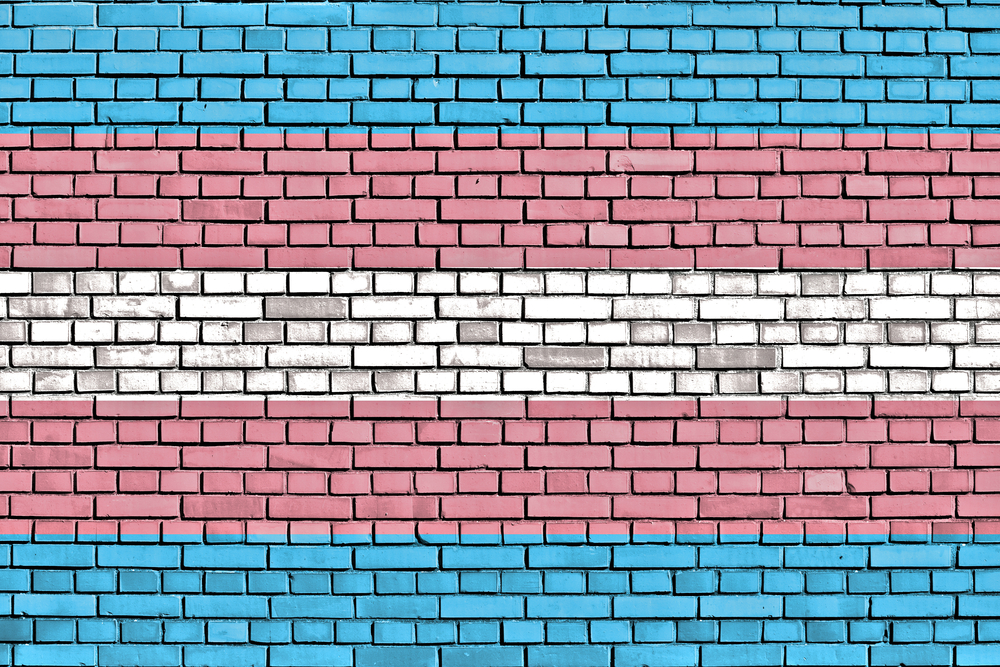San Francisco recently announced plans for Compton’s TLGB District, an official historical district that will cover six blocks in the city’s Tenderloin neighborhood. “I’m excited that for the first time ever, and and as far as I know in the world, that we are commemorating a social cultural district for Transgender and non-gender conforming community,” said Supervisor Jane Kim. “The lower Tenderloin is the most important neighborhood in America for transgender history, culture, and civil rights. By creating the Compton’s TLGB District we are honoring this vibrant community built by transgender people, and are sending a message to the world that trans people are welcome here.”
The “Compton” in the district’s title refers to Compton’s Cafeteria, a popular spot for transgender San Franciscans in the 1960s, and the site of one of the first riots for transgender rights in the U.S. (predating Stonewall by about three years).
Of course, in a rapidly gentrifying city like San Francisco, erasure is only one of the issues that transgender citizens face. In many ways, the Compton’s TLGB District is only being recognized because of activist pushback against a new development project in the neighborhood. Developer Group I wanted to build a mix of condos and hotel rooms that would inevitably gentrify the area further. Advocates fought back, arguing that the new buildings would erase the cultural and historical significance of the area.
As part of a compromise, Group I will be allowed to proceed with construction–but they will also pay $300,000 into a fund to establish the district. The money will be put towards a transgender community center and a fund for organizations that serve transgender residents.
In addition, the Compton’s Historic District Coalition–composed of the nonprofits St. James Infirmary, TGI Justice Project, and Q Foundation–will be on hand to help guide activity in the District. As a result of their advocacy up to this point, the press release on the District laid out some crucial, progressive goals.
- To create a safe, welcoming and empowering neighborhood lead by trans people for trans people, and to create a place of healing, opportunity, and reparations in a neighborhood that historical has been a place of both violence and resistance. That means making sure that transwomen who currently live in the district are able to stay by creating pathways to affordable rent and homeownership. It also means that the City of San Francisco will need to ensure that neighborhood services, business, community groups, and public policy are transgender focused and culturally appropriate for the transgender community.
- To stabilize and economically empower the transgender community through ownership of buildings, business, homes, historic sites, and community space.
- To preserve the places where transgender history took place for future generations. That means making sure that historic buildings like Compton’s Cafeteria and the El Rosa Hotel are preserved and accessible. Its also means protecting Legacy Business and historic non-profits like Aunt Charlie’s and The St. James Infirmary and TGIJP from displacement.
“We’re still here,” said Janetta Johnson, Executive Director of the TGI Justice Project, “And we’re taking a neighborhood where we were trapped and abused and turning it into a place of healing and opportunity. Part of the reasoning for the Compton’s District is to give a type of reparations to black and brown transgender women, who were the subject of great violence here for so long.”
In sum, it’s awesome and deeply important for San Francisco to honor the struggles and work of its transgender residents–but it will be even more important to ensure that transgender activists won’t be priced out or kicked out of the very neighborhood named in their honor.
(Via Vice, LGBTQNation, Curbed San Francisco, and SFist; image via Shutterstock)
Want more stories like this? Become a subscriber and support the site!
—The Mary Sue has a strict comment policy that forbids, but is not limited to, personal insults toward anyone, hate speech, and trolling.—
Follow The Mary Sue on Twitter, Facebook, Tumblr, Pinterest, & Google+.









Published: Feb 4, 2017 02:00 pm